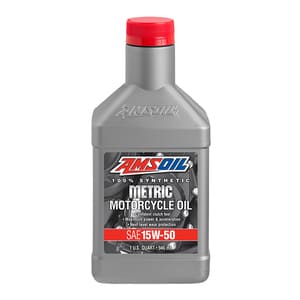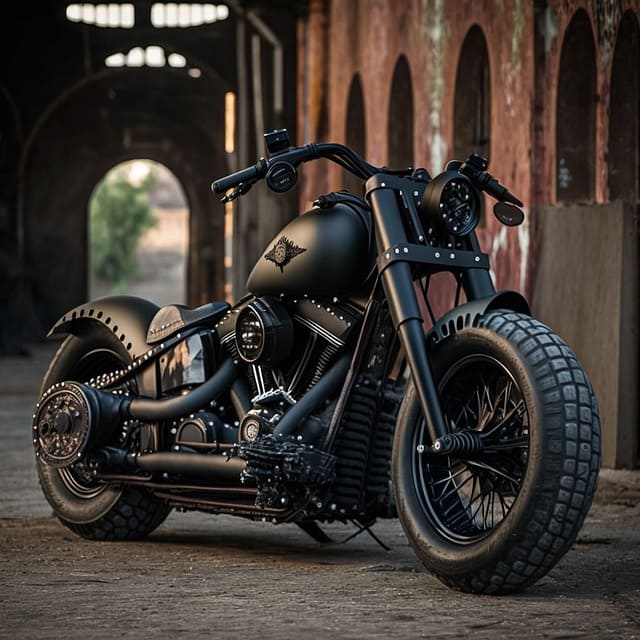Motorcycle enthusiasts, have you ever wondered just how hot your motorcycle engine really gets? Understanding the temperatures your engine reaches during rides is crucial not only for keeping your performance optimal but also for maintaining the longevity of your bike. Whether you’re revving down the highway or stuck in a snarly traffic jam, the heat management of your engine can dramatically influence your motorcycle‘s health and your overall riding experience.

The Operating Temperatures of Motorcycle Engines
Motorcycle engines typically operate within a temperature range of 155°F to 230°F (68°C to 110°C). However, factors like the make, model, and environmental conditions can cause these numbers to vary. During intense use, such as on a scorching summer day or while idling in heavy traffic, engine temperatures can skyrocket. For example, air-cooled Harley-Davidson* V-Twin engines have been observed hitting cylinder temperatures as high as 383°F (195°C)! That’s searing!
Extreme Heat Scenarios and Their Consequences

Imagine you’re stuck in a traffic jam on a hot summer day. The temperature needle climbs, and your engine’s oil starts to thin out significantly as it heats up. This reduction in viscosity can cause a drop in oil pressure, increase in engine noise, and potentially lead to metal-on-metal contact within the engine—ouch! If not managed, this scenario could force you to pull over and let your bike cool down, interrupting your ride and possibly causing long-term damage to your engine.
Air-Cooled V-Twin Engines Vulnerability

Air-cooled V-twin engines, like those in many classic and modern cruisers, are particularly at risk during these hot halts in traffic. With limited airflow over the engine, the heat from the front cylinder can make the rear cylinder even hotter. This can lead to significant overheating issues, especially if you’re crawling along just above idle speed where insufficient air is being pushed through the engine fins.
Impact of Oil Breakdown on Engine Protection

At high temperatures, the oil in your motorcycle can undergo oxidation, a process where oxygen molecules attack and break down oil molecules. This not only reduces the oil’s effectiveness but also leads to the formation of sludge and varnish inside the engine. Each 18°F (10°C) rise in temperature can double the rate of oil oxidation, shortening the lifespan of your oil and compromising your engine’s performance and safety.

Role of AMSOIL Synthetic Motorcycle Oils
To combat these high heat scenarios, using a high-quality motor oil like AMSOIL Synthetic Motorcycle Oils can make a dramatic difference. These oils are engineered to withstand extreme temperatures and maintain a strong lubricating film, ensuring that the engine components stay cool and well-protected. AMSOIL oils resist thinning at high temperatures and help keep your engine running smoothly, even under the harshest conditions.
Preventive Measures for Controlling Engine Temperature

To keep your cool on the road, consider these tips:
- Monitor Engine Temperature: Keeping an eye on your bike’s temperature gauge can help you prevent overheating before it becomes a serious issue.
- Use Quality Oils: Investing in high-quality motor oils like AMSOIL can save you from the perils of engine damage due to heat.
- Ensure Proper Airflow: Regularly check and maintain your motorcycle’s cooling system to ensure it’s free from obstructions and working efficiently.
Conclusion
Understanding and managing the temperature of your motorcycle engine is not just about enhancing performance—it’s about preserving the heart of your bike. By taking proactive steps to monitor and control engine heat, you can enjoy longer rides, better performance, and a healthier motorcycle. Stay cool out there!

*All trademarked names and images are the property of their respective owners and may be registered marks in some countries. No affiliation or endorsement claim, express or implied, is made by their use.
